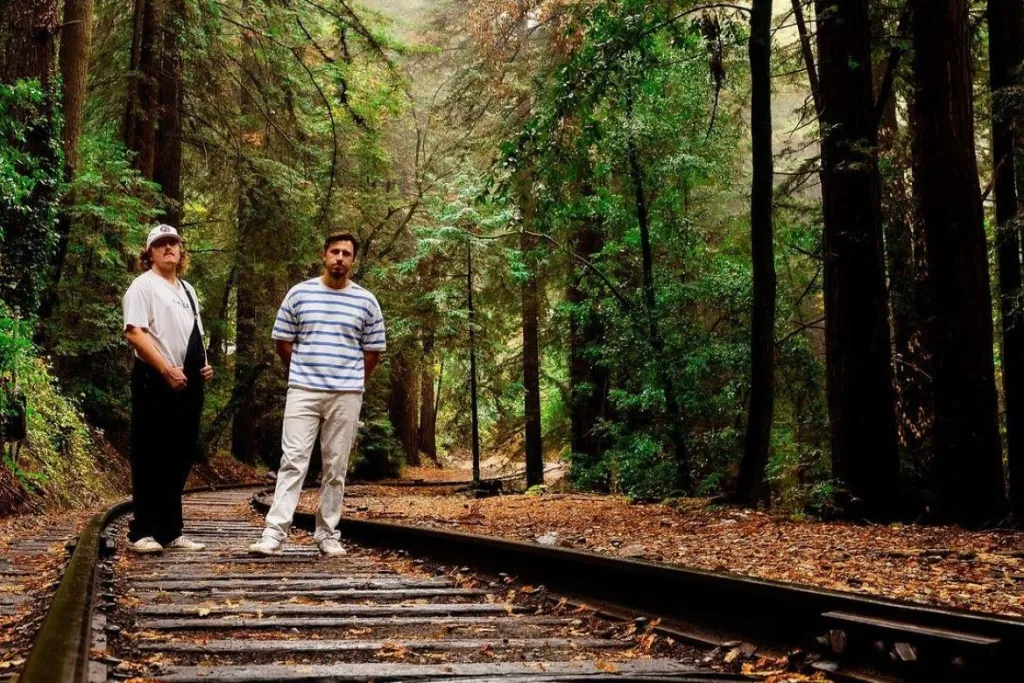Written by Muneyuki Kaneshiro and illustrated by Yusuke Nomura, Blue Lock has attracted a loyal fanbase with its unique take on sports and soccer. However, unlike most sports manga that keep things totally fictional, Blue Lock alludes to real-life soccer stars and uses it to fantastic effect.
Blue Lock is set after Japan's elimination from the 2018 World Cup. Saddened by their failure to win, the Japanese Football Association look at the state of Japanese soccer and decide to do something big, risky and unusual. They recruit an eccentric coach named Jinpachi Ego and give him carte blanche to do whatever he wants, provided he brings home the cup.
Jinpachi Ego decides the Japanese national team's biggest problem is its culture of "loser football." He believes it needs brash and egotistical strikers who will push hard and decisively during matches -- their ego and hunger for goals allow them to take the shots that no one else would. To make this a reality, Jinpachi gets 300 promising young strikers and locks them in a prison-like compound called Blue Lock. In Blue Lock, these teenagers are trained for greatness and pitted against each other with the ultimate prize on the line: the chance to play for the Japanese national team. To make it more intense, the 299 who fail will be permanently banned from ever representing their country through soccer. It all makes Blue Lock a strange cross between Captain Tsubasa, Deadman Wonderland and Ivan Drago's training from Rocky 4.
The series follows Yoichi Isagi, a talented teenage striker who was selected for the Blue Lock program. Yoichi has dreams of leading the Japanese team and is also haunted by a time his youth team lost the nationals because he passed to a weaker teammate rather than taking the shot himself. Along the way, he clashes with the other boys and grapples with the harsh reality of this almost post-apocalyptic environment he is trapped within.
Interestingly, the Blue Lock manga's first volume references several real-world soccer stars. All of them have skills and egos that Jinpachi considers essential for a goal-hungry striker, including legends like Pele, Cristiano Ronaldo, Lionel Messi and Neymar. These allusions are actually quite useful, as they help explain to the audience what Jinpachi is looking for without needing pages of long-winded exposition or wasted panels trying to visually depict the nature of this archetype.
Also, by referencing real-world players and tournaments, the stakes in Blue Lock feel much grander. Anyone with even a passing interest in soccer/football knows how important and prestigious the World Cup is. It helps the reader understand Yoichi's desire and struggles on a deeper level because we're more familiar with it. An unknown tournament full of fictional teams doesn't hold the same gravitas, and the series would have to spend a long time building up a fake competition to make it feel as grand as its real-world counterpart.
As a bonus, these references help make the Blue Lock facility's environment seem even more oppressive. Strange sports manga aren't new, but usually, the oddity is global and just accepted as part of the sport. If everyone has magical special moves, they become the standard rather than something extraordinary and mind-blowing. By reminding the reader that regular sports training also exists in this world, the contrast becomes more apparent, pushing home how hard Yoichi has to work and how strange Jinpachi and his training methods are.
Blue Lock stands out from the crowd, offering a unique take on soccer and the sports manga format while using its connections and differences to the real world to marvelous effect. It tells the story of one young man's journey while also looking at the grander world of sport, and how it favors certain personalities while causing others to clash.
About The Author

